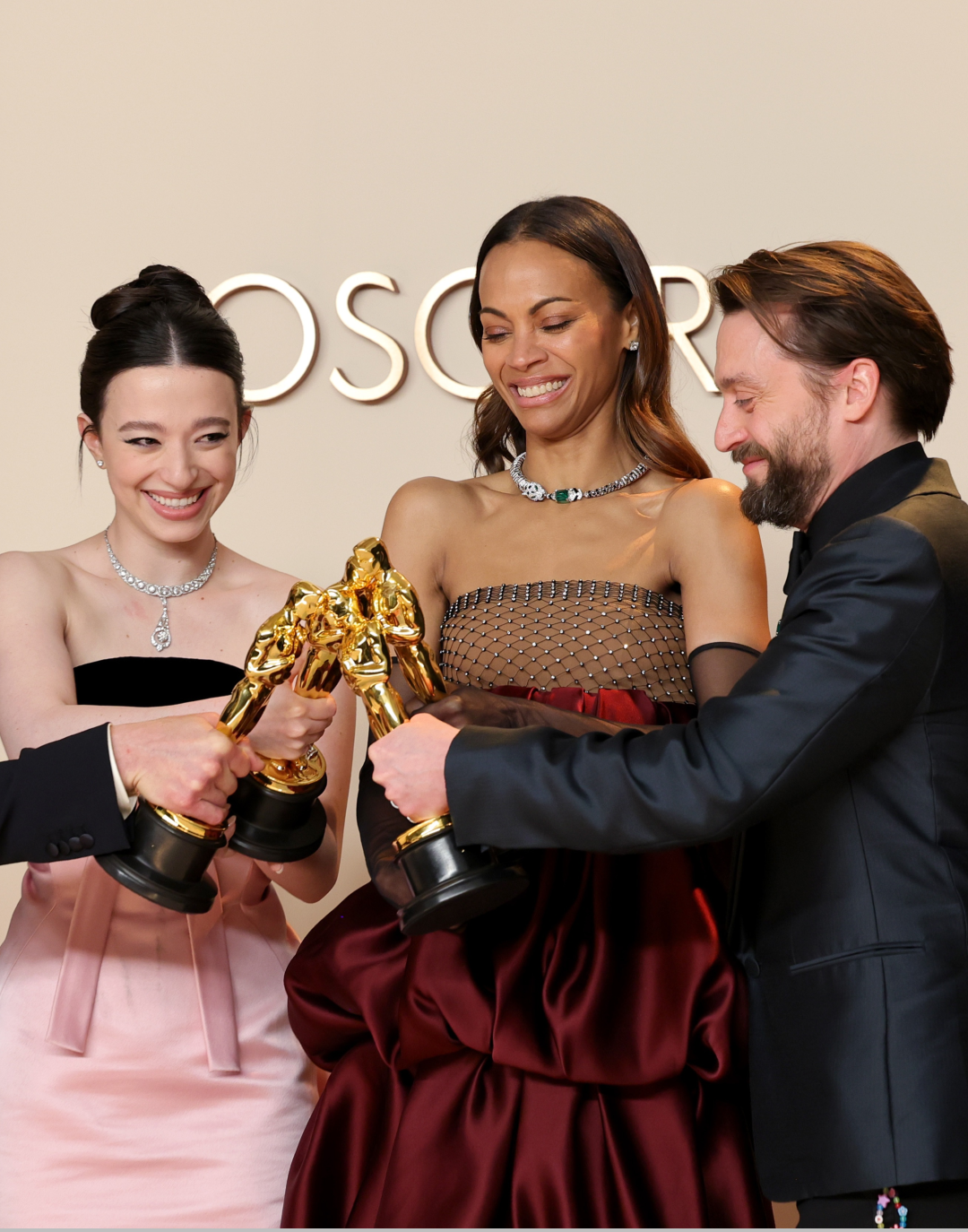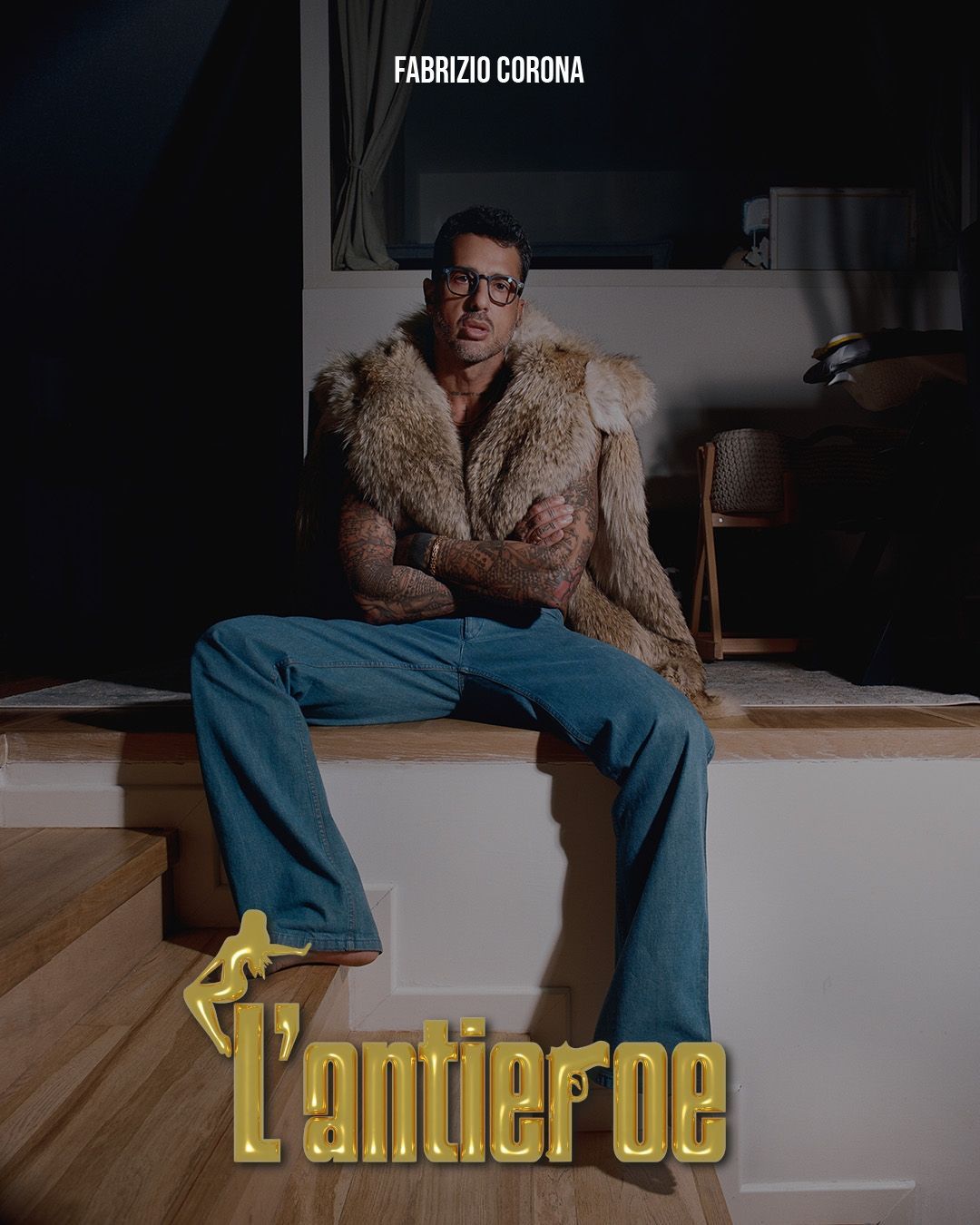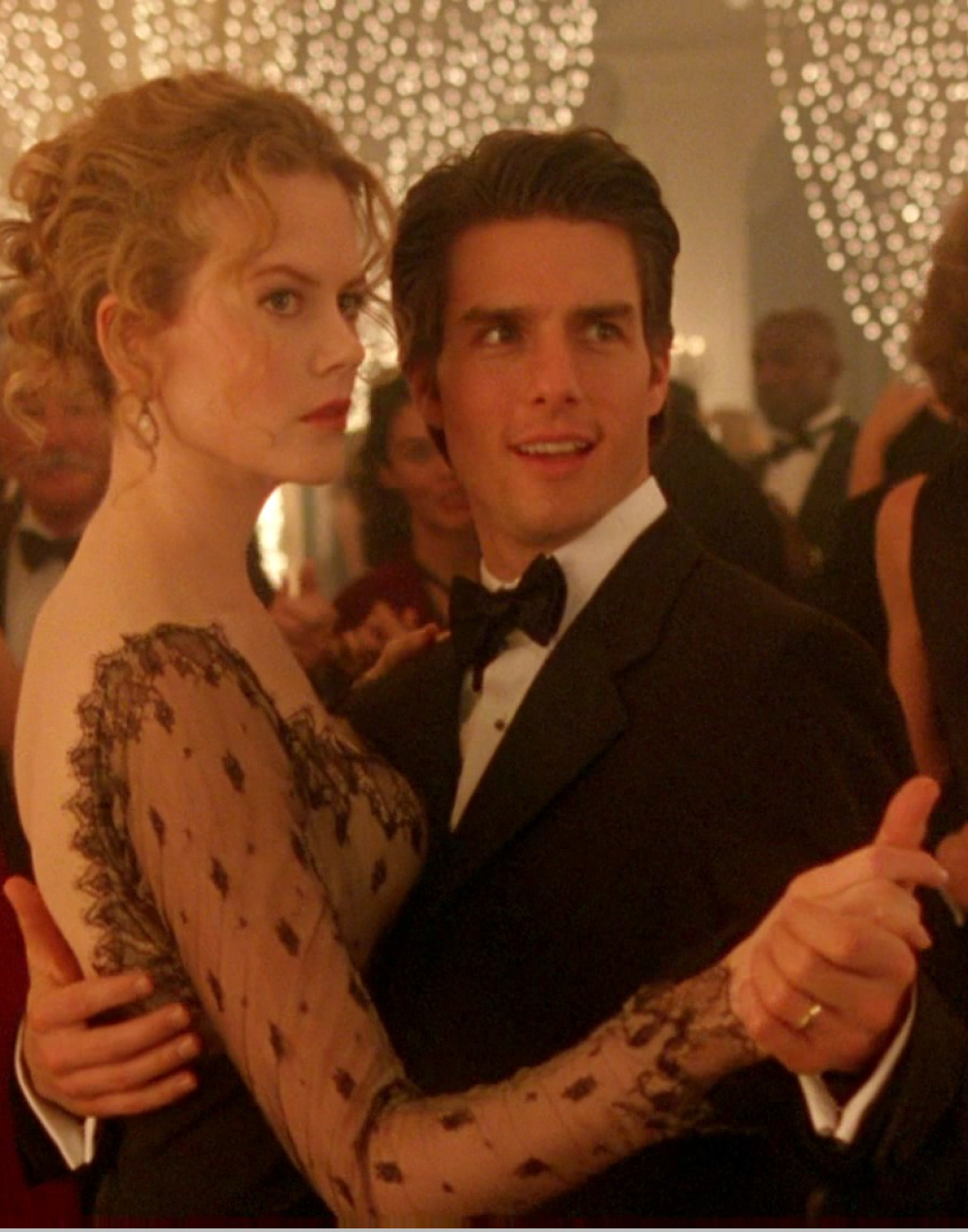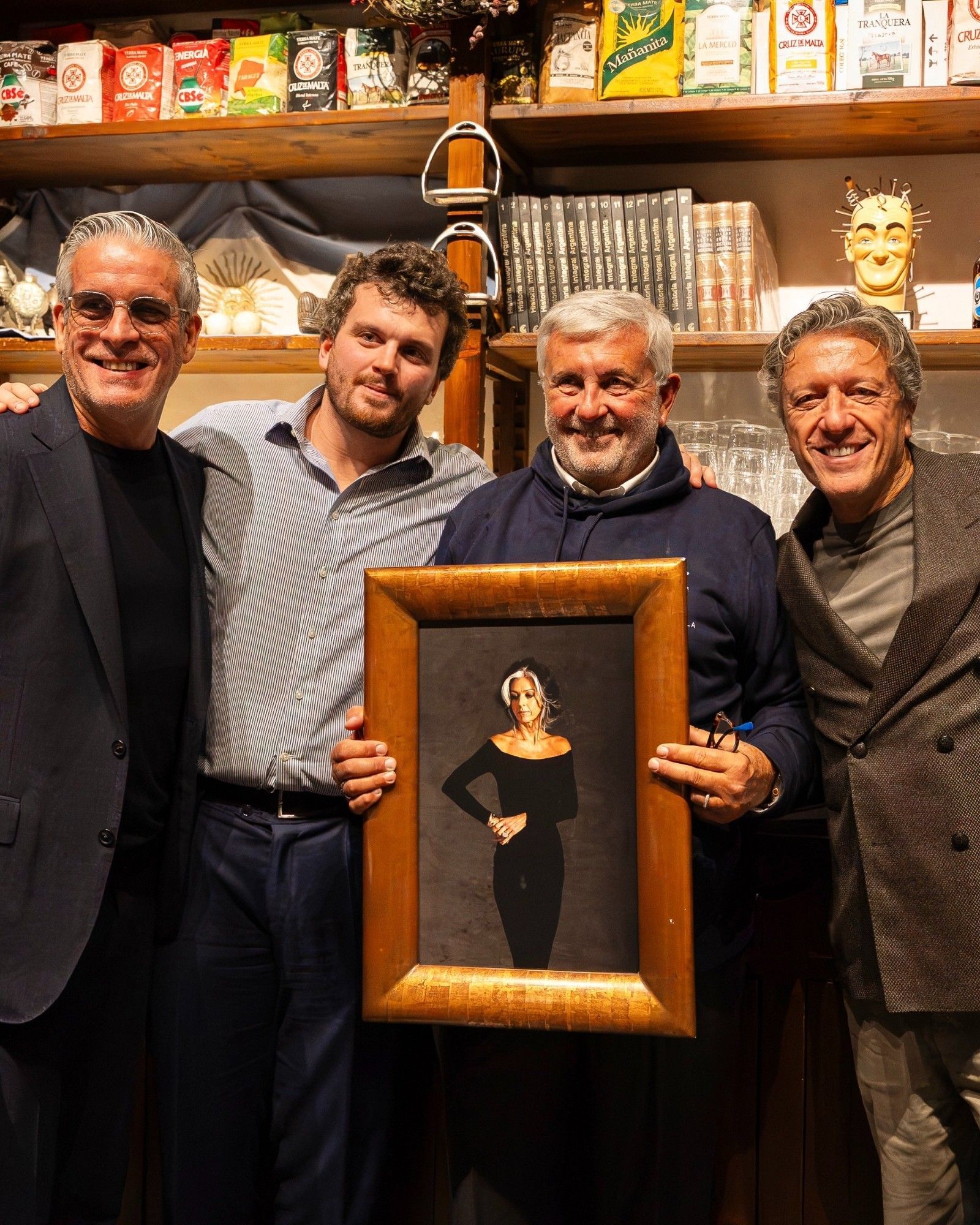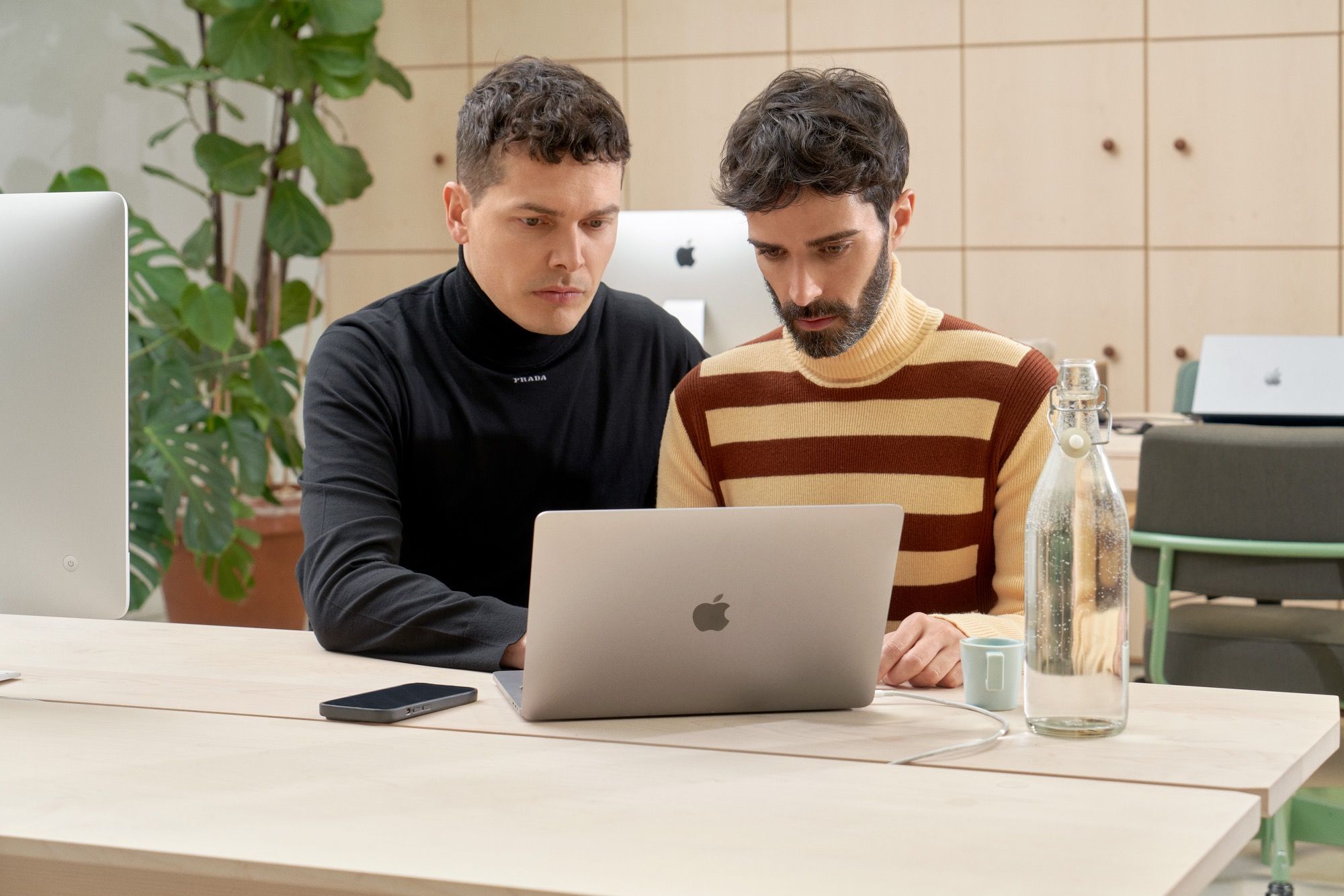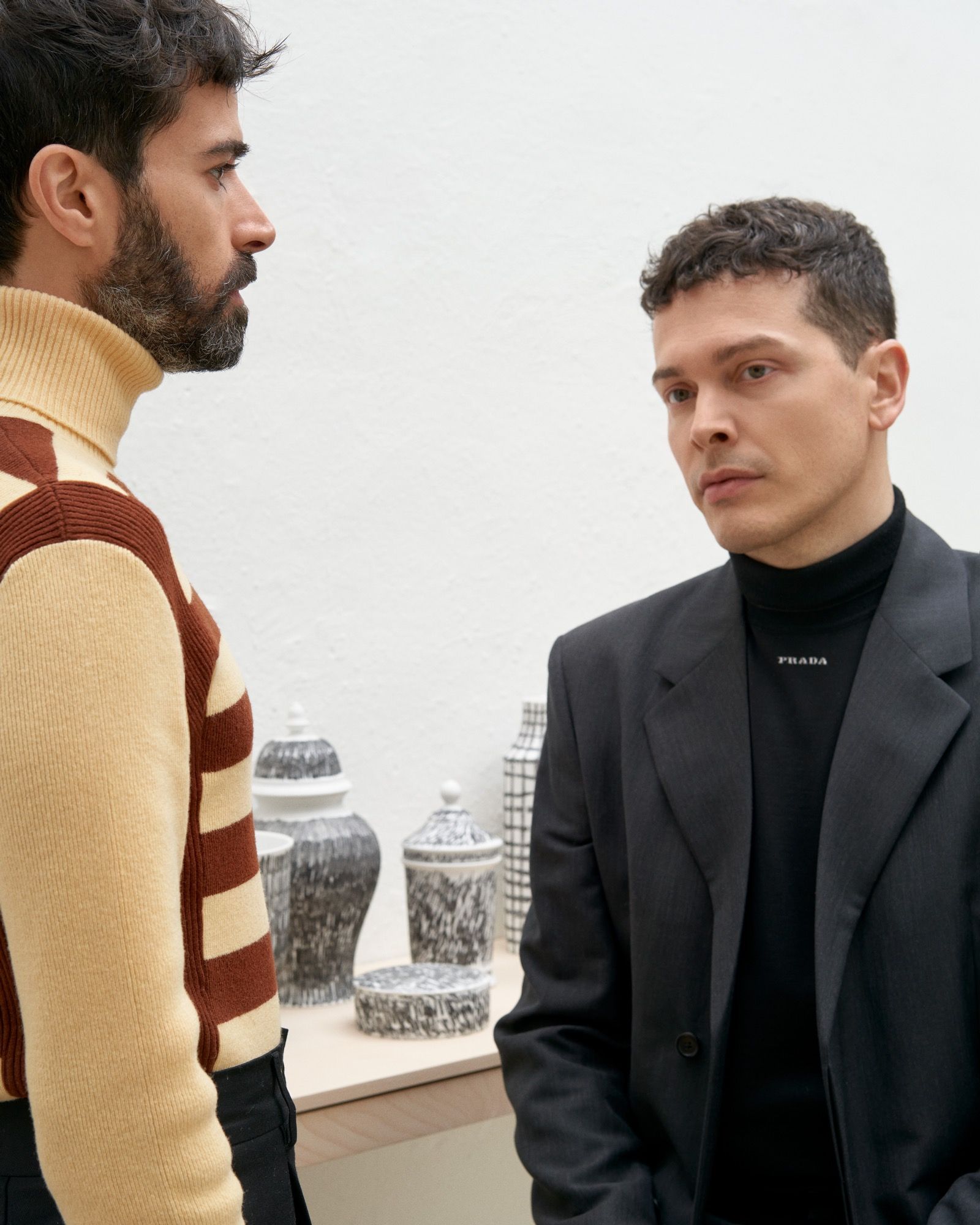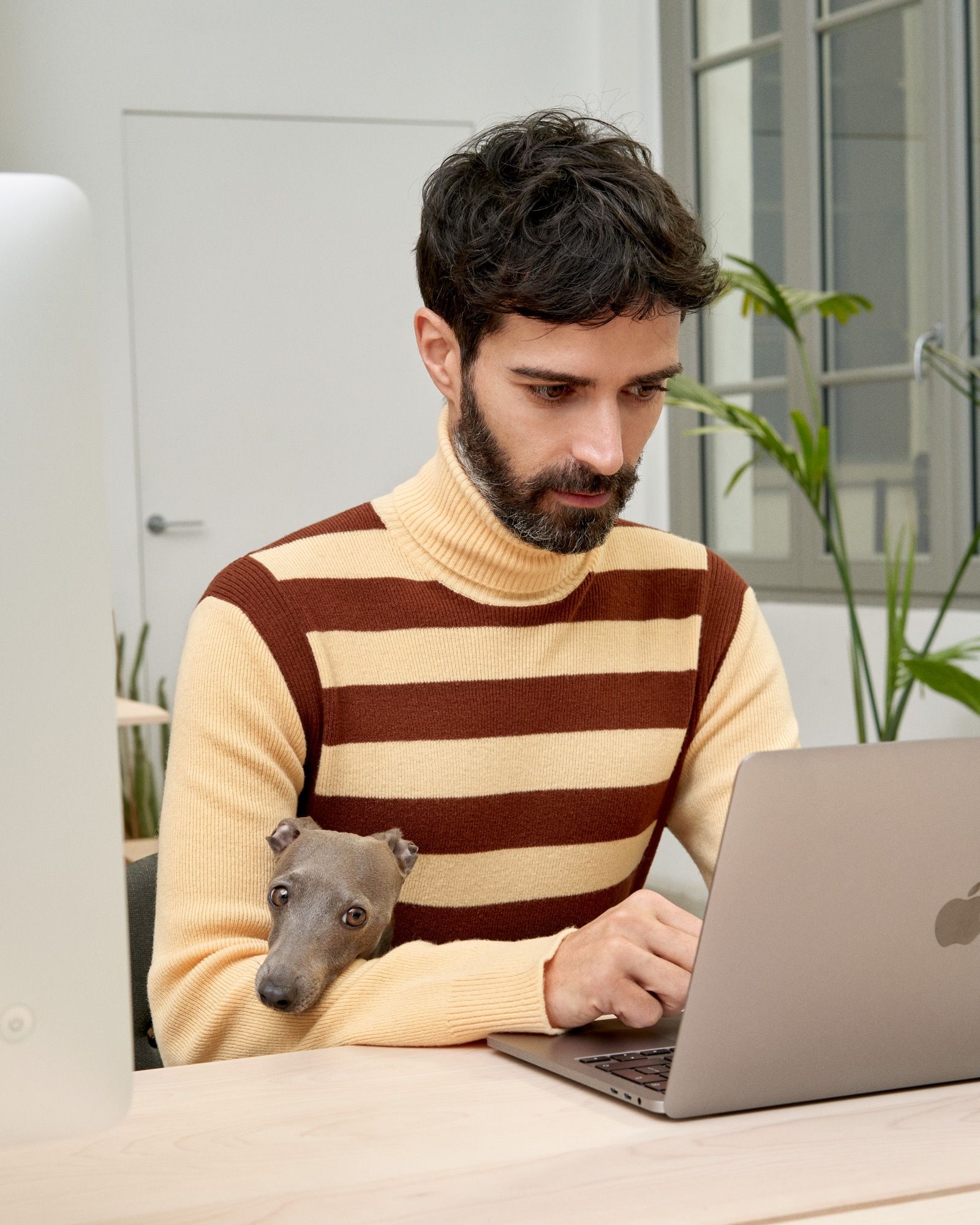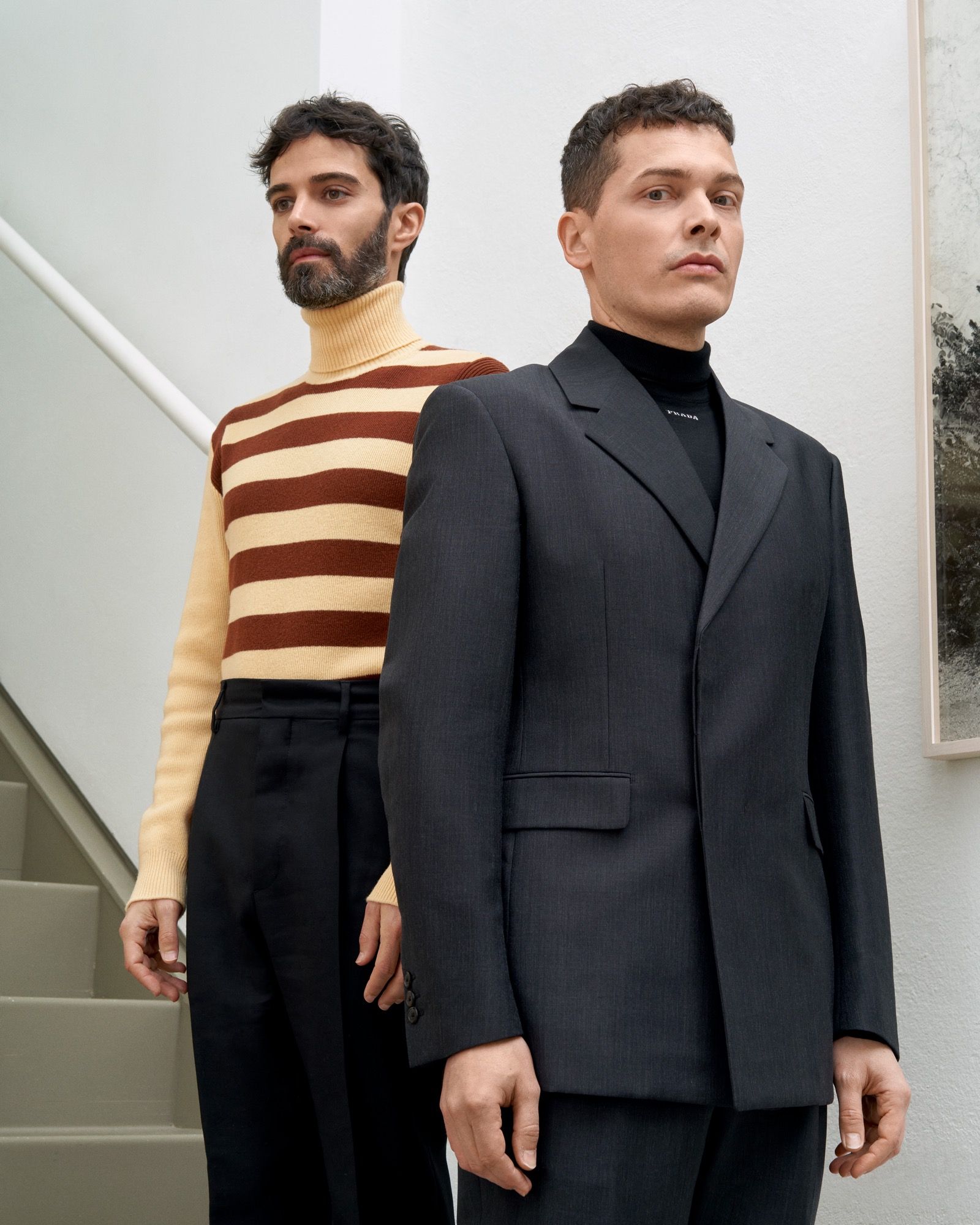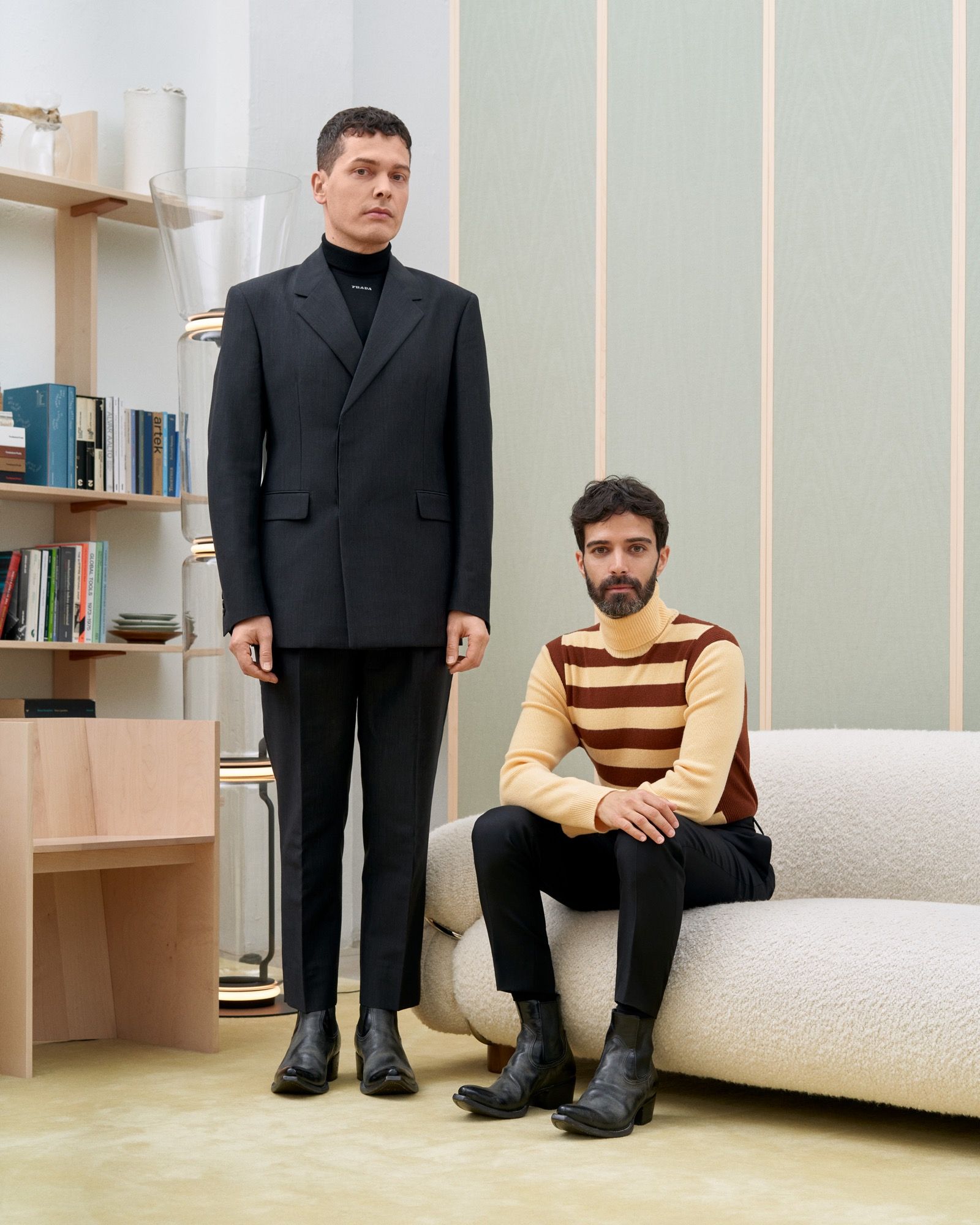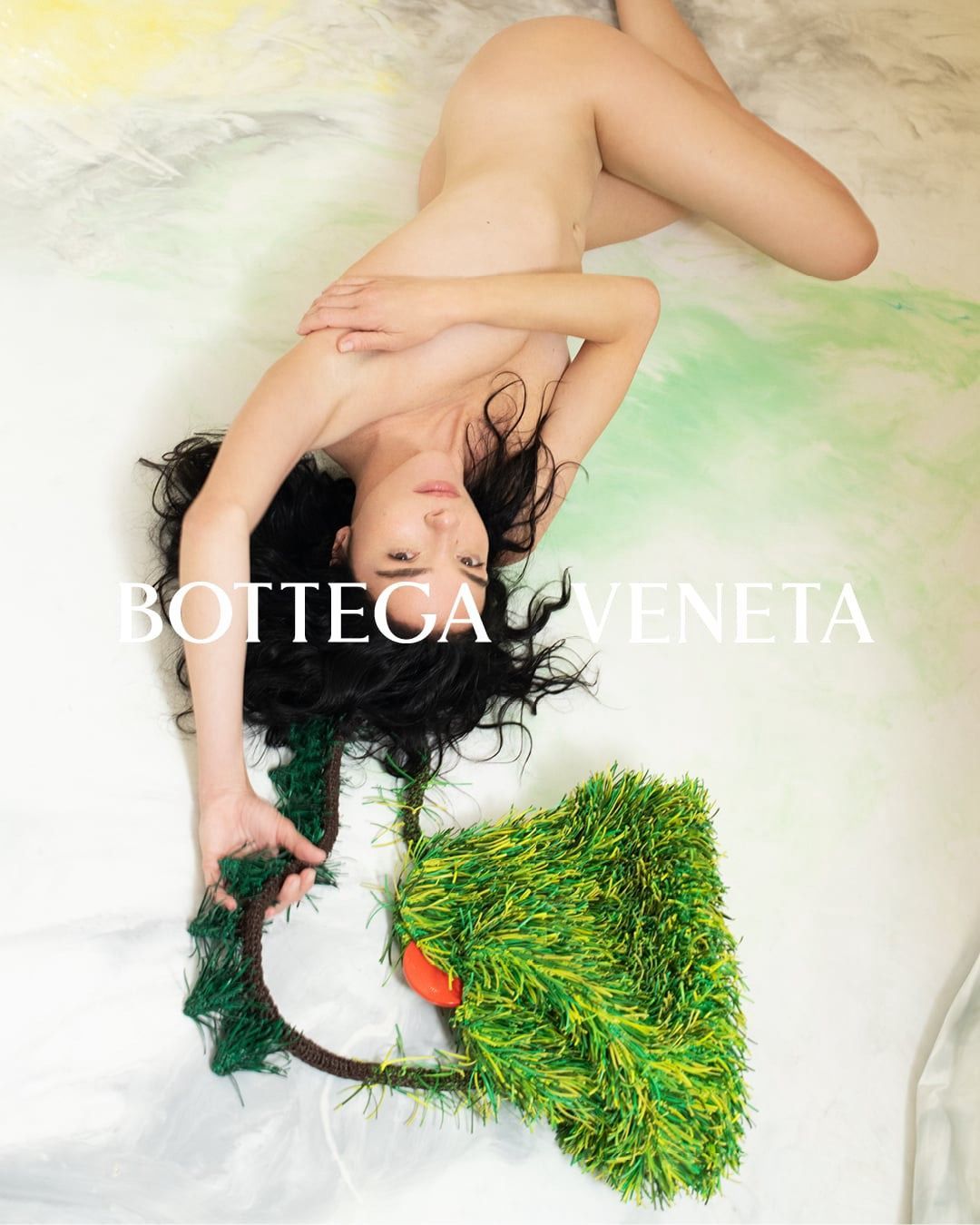
Formafantasma, when style is an attitude Interviewing the designer duo starring in Prada Frames, one of the Fuorisalone's sustainable art events
From 17 to 19 April Prada will stage the second edition of the Prada Frames symposium at the Teatro dei filodrammatici, a building re-designed by Luigi Caccia Dominioni in 1964 that will host numerous artists, anthropologists, scientists, and philosophers in three days of expansive and multidisciplinary talks. On the occasion of Fuorisalone, the conference theme "Materials in Flux" will analyze the holistic treatment of waste through six meeting sections developed around the studies of British anthropologist Tim Ingold, an advocate of how matter is a living, interconnected, and perpetually changing entity. A week before the opening, we met Andrea Trimarchi and Simone Farresin, two of the main protagonists of Prada Frames, founders of Formafantasma, the design studio that, straddling Milan and Rotterdam, bases its research on current ecological, historical, political, and social issues.
«This year we wanted a more intimate venue, and we thought this was the right one, naturally in dialogue with Miuccia Prada, who carefully oversees the project,» they explained, anticipating their participation in the Pradian symposium as a unique opportunity to take a closer look at "the unwanted," the identifiable subject matter at the root of their project. «There is no material that is better than another, and we say this in a provocative way since we are also concerned with ecology.» In the past, the duo has given ample attention to working with waste materials: from food residues in Craftica for Fendi to the remnants of the electronics industry in Ore Streams, and then Botanica in 2011, where the designers interpreted and borrowed plant secretions and insect droppings into the project towards a new post-industrial aesthetic. «Designers should never limit themselves to the things they love,» they proudly pointed out; it is often the seemingly hostile things attracting them the most, providing elements for questioning and discovering a love for unusual materials during the creation process itself. «Perhaps this is one thing we have in common with Mrs. Prada.» The ambiguous and multifaceted nature of Formafantasma represents a fascinating input that the designer cannot ignore, today more than yesterday. What is a waste if not the inexorable contingency of this century?
The practice of their design studio, which flees from a predefined and all the more definable image of style, permeates the unexpected and develops it into a vocabulary of multitudes always open to neologisms. A language in perpetual expansion, contrary to the flow of a design koinè in which the result is always and in any case, a solid starting block, Trimarchi and Farresin demonstrate a constant commitment to being contextual, to reacting to reality, not much so in the geographical sense of the term, but more precisely in the historical moment in which we are living. In action, their focus is dialogue, not design, to ignite an ongoing conversation of inquiry into things, a true motion of questioning that maps our dimension and leads an idea to become a prototype. Eluding the form-like, they create tangible evolutions of a diatribe whose bases are known, but whose possible conclusions mature only after a paradigmatic dialectical labor lime.
Formafantasma's style is an aptitude for going beyond the barriers of simplification, in itself synonymous with circumscribing and ghettoizing. Trimarchi and Farresin move in a thousand directions beyond the limes of relative concepts such as elegance, they evade the system of declared codes and prepare themselves for the questioning by finding clarity in the varied, in the multitude, and in the scanning of their progress. «Design is the human attitude of making changes to the environment where you live, where you exist, to make it closer to your needs.» If, for British design critic Alice Rawsthorn, design can be understood as an attitude, and if the memoirs of Germano Lucio Celant and before that, the historian Szeemann remind us that there are moments when attitudes become form, Formafantasma in the complex contemporary highlights how there is no limit to the flexibilities of design, the use of matter and creative outputs.














